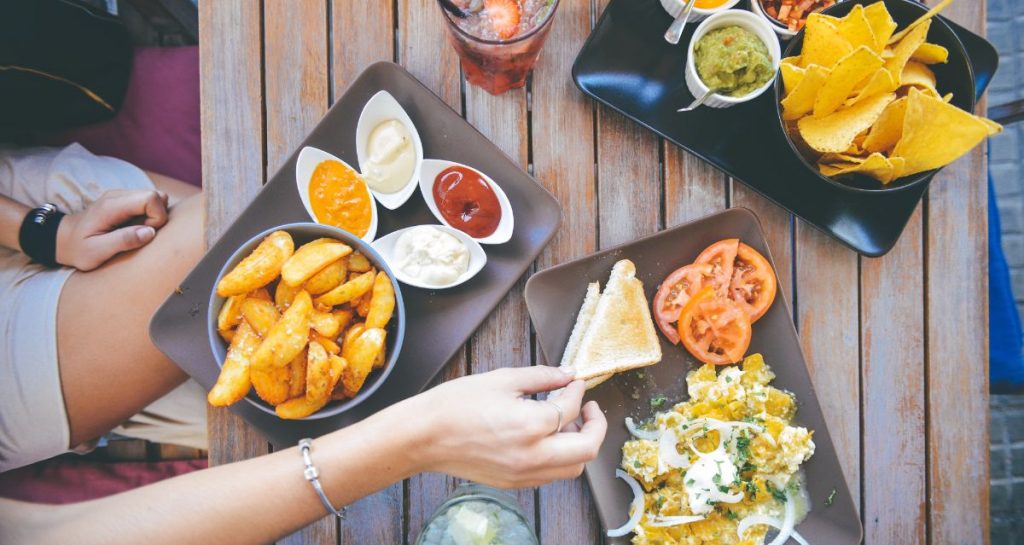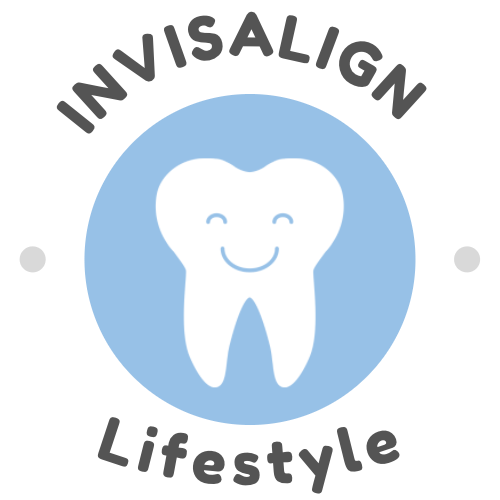Let’s be real: If you’ve been wearing Invisalign for a while, you’ve probably noticed how much of a hassle it is to eat or drink anything that’s not water. Suddenly, that casual cup of coffee or the idea of a quick snack feels like way too much effort. What you might not realize is that this inconvenience can actually nudge you toward something that’s all the rage these days—intermittent fasting (IF).
In this blog, I’ll walk you through how Invisalign sort of nudged me into trying intermittent fasting, the pros and cons I discovered along the way, and how it might just be the perfect (or imperfect) match for anyone juggling aligners and eating schedules.
The “Invisalign Diet”: skipping breakfast made easy
If you’ve ever woken up, looked at your Invisalign aligners and thought, “Meh, I’ll just skip breakfast,” congratulations—you’ve already dipped your toes into the “Invisalign diet.” Removing aligners, cleaning them, brushing your teeth again just to eat a slice of toast? Nope, too much hassle.
I used to do this unintentionally, but eventually, it led me to structured intermittent fasting. IF is basically a planned way of limiting your eating to specific windows of time, and I found that skipping breakfast was an easy way to get started. My routine? I’d skip breakfast entirely, then have lunch around 12 PM and dinner at 6 PM. And just like that, I was going 18 hours without food—intermittent fasting, here I come!
Tip: make sure you do brush your teeth in the morning and clean your aligners, even when skipping breakfast. Dental hygiene is extremely important when wearing Invisalign braces and it’s not clever to not brush your teeth for a long period of time.
Intermittent Fasting: the 18-hour window
For those not in the know, intermittent fasting is all about creating windows of time where you fast (don’t eat), followed by eating periods. My sweet spot became the 18-hour fast. So, from dinner at 6 PM to lunch at noon the next day, I wasn’t eating. And guess what? Invisalign made it super easy. I wasn’t snacking because, well, taking the aligners out for a breakfast just didn’t feel worth the effort.
But it’s not just about convenience. I’ve read that intermittent fasting can have some impressive health benefits—better digestion, weight loss, improved concentration, and possibly even a boost to your metabolism. So, I figured, why not give it a proper go?
Invisalign and weight loss: an unexpected benefit
Here’s the thing: Invisalign already has this hidden superpower of limiting snacking. You don’t just mindlessly reach for a cookie because, let’s face it, the hassle of taking out the aligners, snacking, brushing your teeth, and popping them back in doesn’t exactly scream “easy.”
This lack of constant nibbling, combined with IF, actually helped me shed a few kilo’s (a few pounds, for our American friends on this Invisalign blog) — what some might call the “Invisalign diet.” Sure, it’s not a glamorous diet, but it works. With fewer eating windows and more structured meals, you tend to be more mindful of what and when you eat. And because I wasn’t snacking all day, it felt like my eating habits were finally in check.
The downside: overeating during meal times
But here’s where it gets tricky. After fasting for 18 hours, I found myself starving by the time lunch rolled around. And what do hungry people do? They eat… a lot. So, there I was, absolutely demolishing my lunch, only to end up feeling stuffed and sluggish afterward.
Let me tell you, overeating after fasting is no joke. You get that heavy, uncomfortable feeling, and next thing you know, you’re sitting at your desk trying to work but really just wishing you’d shown a bit more restraint. So yeah, while the “Invisalign diet” helped with portion control during the fast, I had to learn not to overcompensate during my eating window.
Lesson learned: portion control is key.

Tips for fasting with Invisalign
For anyone interested in trying intermittent fasting with Invisalign, here are a few tips from someone who’s been there, done that (and learned the hard way):
- Plan your meals: Make sure your (quick) Invisalign meals are nutritious and satisfying to avoid that post-lunch discomfort.
- Stay hydrated: Water is Invisalign-friendly and will keep you feeling full between meals.
- Portion control: After fasting, it’s tempting to go all out during lunch. Start small and eat mindfully.
- Listen to your body: IF isn’t for everyone, and if you’re feeling too tired or find yourself overeating, maybe adjust your eating window or strategy.
Conclusion: Invisalign Meets Intermittent Fasting
So, what’s the verdict? Invisalign and intermittent fasting can work hand-in-hand if you’re looking to streamline your eating habits and maybe even shed a few pounds. The aligners themselves make casual snacking a chore, so IF might feel like a natural progression. But, as with any diet, it’s important to stay mindful. Avoid overeating, plan your meals, and listen to your body.
Invisalign might change your eating routine, but with a little planning, it could lead to more than just straighter teeth—it could give you a healthier approach to food. Just don’t forget that toothbrush. Always carry the toothbrush.


Thank you for this insightful blog! Combining intermittent fasting with Invisalign is a unique perspective, and I appreciate how you highlighted the benefits and practical tips. It’s refreshing to see innovative ideas in dental care that promote overall health. This post offers great value to anyone balancing oral and dietary health!